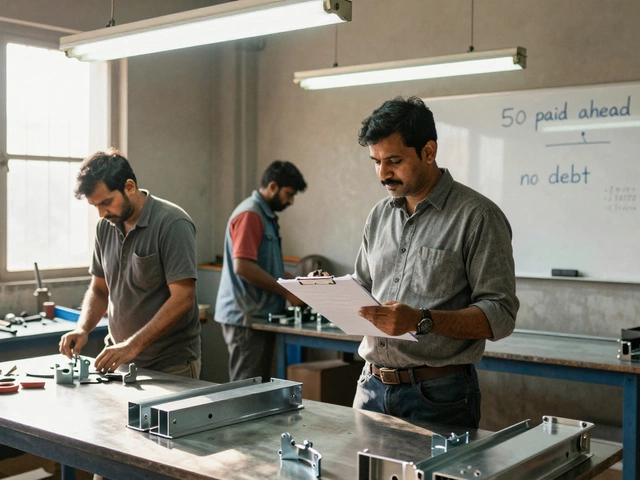Production Ideas: Real‑World Tips to Kickstart Your Manufacturing Project
Looking for a simple way to start making things? You don’t need a massive factory or a big budget. A good production idea starts with something people actually want and a process you can handle. Below you’ll find easy steps to pick a product, test it, and move to a small‑scale line.
Top Production Ideas for Small Businesses
First, think about everyday items that have a steady demand but aren’t flooded with competition. Things like eco‑friendly packaging, modular furniture, or niche food snacks often fit the bill. Check local market reports or online forums to see what buyers complain about – that gap is a gold mine.
Second, match the idea to what you already own or can source cheaply. If you have a carpentry shop, modular shelving or DIY furniture kits are a natural fit. If you run a small kitchen, consider ready‑to‑cook spice blends or health‑focused snack bars. Using existing tools cuts the upfront cost dramatically.
Third, test the concept on a tiny batch. Order a few dozen units, sell them to friends, local stores, or via a simple e‑commerce page. Track how fast they move, what feedback you get, and if the profit margin covers material, labor, and a small marketing spend. Those numbers tell you whether to go bigger.
How to Turn an Idea into a Working Production Line
Once you have a product that sells, map out each step from raw material to finished good. Write a simple flowchart: receive material, cut/shape, assemble, finish, pack. Look for bottlenecks – maybe you spend too much time on manual assembly. That’s where a small investment in a jig or a semi‑automatic machine pays off.
Next, lock in reliable suppliers. A single supplier failure can shut down your line. Ask for sample parts, check delivery times, and negotiate a small safety stock. Building a good relationship early saves headaches later.
Don’t forget quality checks. Even a tiny flaw can turn a happy customer sour. Create a quick checklist: dimensions, weight, visual defects. Train one person to perform the check at the end of each batch. It adds a few minutes but protects your reputation.
Finally, plan a modest scale‑up. If your first batch was 100 units, try 300 next month. Keep the increase steady so you can handle extra inventory, shipping, and cash flow. Use simple spreadsheets to track cost per unit, total expenses, and profit. When the numbers stay healthy, you can consider adding a second shift or a larger machine.
Production ideas don’t have to be radical inventions. They are about spotting a need, using what you have, and building a repeatable process. Start small, learn fast, and let the market guide your growth. With the right mindset, any garage or workshop can become a thriving manufacturing hub.
Most Profitable Small Scale Manufacturing Ideas
The world of small-scale manufacturing can be profitable if you pick the right niche. Some sectors stand out due to low initial investment and high demand. Discover the top ideas, from handmade crafts to 3D printing, and learn practical tips for success. Gain insights on how to start with minimal costs while maximizing potential earnings in your chosen manufacturing arena.
Read More




